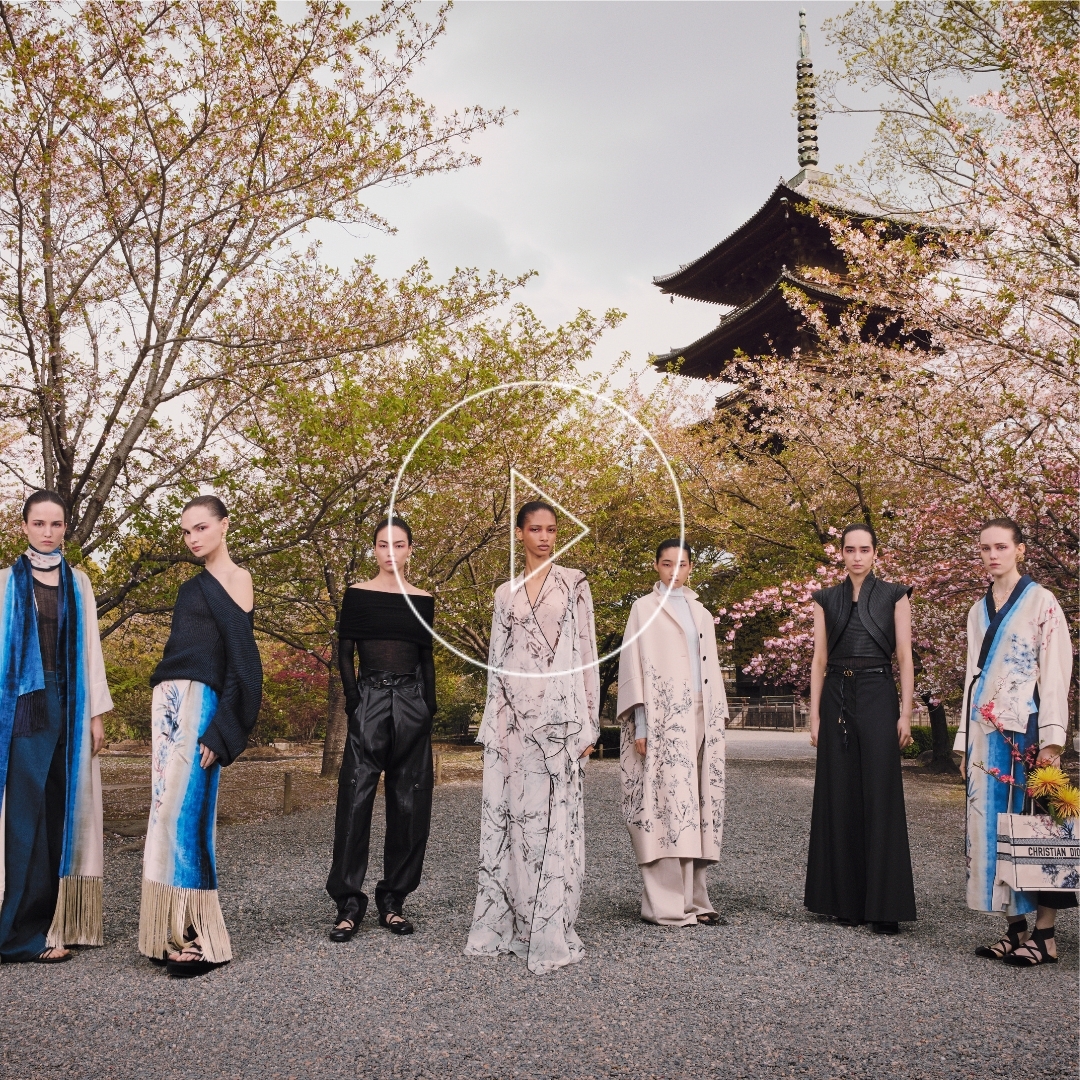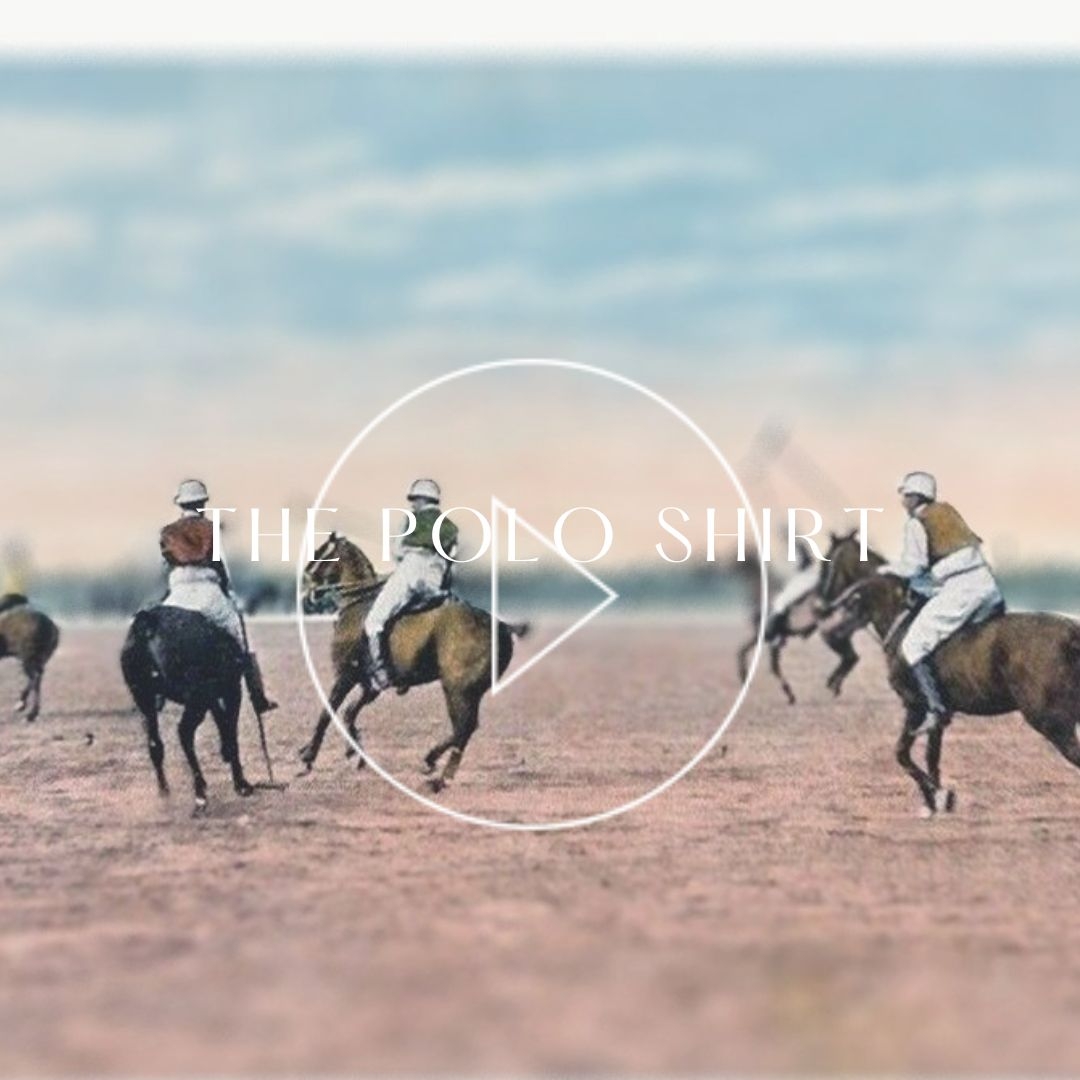Bulgari and the serpent: a precious love story Pure seduction.

Like the serpent that sheds its skin to reappear with a brand new layer, the iconic Bulgari Serpenti watches and snake jewellery have come in new forms, over and over again, since 1948. In fact, Bulgari and the serpent have a precious and long-lasting love story. But, although the snake is closely linked to the history of Bulgari, the Italian high-jewellery house wasn’t the first to use serpents in jewels.

Diamond and gold Bulgari serpent watch made in 2010 for Elizabeth Taylor.
Photo courtesy of Christies
Serpent jewellery throughout history
Since ancient times, snakes have adorned human bodies throughout various civilizations.
Egyptian Pharaos and Queens wore bracelets and headpieces with the reptile that represented deity and royalty. Cleopatra, of course, is the first that comes to our minds, with her snake bracelets wrapped around the arms and on her head.

The actress Sarah Bernhardt as Cleopatra.
Photo courtesy of the Library of Congress.
For the Greeks, the snake represented wisdom. Asclepius, their medicine god, was depicted with a snake coiled around his staff; the symbol of physicians up to today. The Native Americans, Hebrews, Hindus and Africans believed the serpent symbolized fertility, rebirth and transformation. And then, of course, there’s Adam and Eve’s seductive serpent.
Everlasting love
But the snake became a popular trend much later. When Prince Albert got engaged to Queen Victoria in 1839, he gave her a ruby, emerald and diamond-set ring. The engagement ring was in the shape of a continuous snake as a symbol of his everlasting love and eternity. The beloved royal couple set the trend of serpent jewels not only in England but throughout Europe as well. You can read more about it in Jewellery box: Precious animals.
After the massive craze during Victorian times, the serpent was among the favourite animals in Art Nouveau and naturalistic jewellery too.
If you purchase something through the links in this post, Notorious-mag will get a commission.
Bulgari and the serpent
The jewellery firm Bulgari was founded in Rome by a Greek silversmith in 1884. With its Greek and Roman heritage as inspiration, Bulgari and the serpent began their love affair. By the ’50s, snake jewels had already become the signature piece of Bulgari. Using a technique called Tubogas, the Italian jewellery house was able to create flexible bracelets, watches and necklaces to wrap around wrists and necks. Tubogas was an innovative technique that took Bulgari and its craftsmen some fifteen years to master. These flexible pieces in the shape of snakes are made using a steel core wrapped in gold bands. They are famously comfortable, and they always bounce back to their original form.

Onix and diamond Serpenti watch made in 2009.
Photo courtesy of Bulgari.
The Serpenti collection
Using Tubogas, Bulgari created the iconic watch collection Serpenti, with the watch case as the head of the serpent. Just after World War II, it was the ideal adornment for women. The gold watch was functional and more discreet and appropriate for that time than sparkling and colourful jewellery. Throughout Bulgari history, serpent bracelets and watches have evolved from abstract to more realistic designs in the ’60s and ’70s, and after, to geometric and abstract shapes again. Bulgari and the serpent are such a successful match that the house’s archives show sketches for almost 1000 pieces. The watches movements were first produced by Jaeger-LeCoultre, Vacheron Constantin, Piaget, and Movado.
Darling, there’s a serpent around your wrist!
Rome of the ’60s was a real-life La Dolce Vita, with beautiful Roman women and Cinecittà movie stars wearing bold jewels. And after Elizabeth Taylor, who was filming Cleopatra in Rome, appeared in 1962 with a gem-set Serpenti watch coiled around her wrist, Bulgari and the serpent made history. Taylor’s model was one of the first Secret Serpenti, that have the watch hidden inside the snake’s head, under a cover. In the movie, she also appeared with a bold snake bracelet, helping set the snake trend.

Elizabeth Taylor in Cleopatra.
Photo courtesy of 20th Century Fox
From then on, everybody would want to wear serpent jewellery. Diana Vreeland wrote to Vogue’s staff in ’68; “Don’t forget the serpent … it should be on every finger and all wrists … the serpent is the motif of the hours in jewellery … we cannot see enough of them”.
The serpent’s evolution
From the ’60s on, besides Bulgari’s serpents with plain or engraved gold, the Serpenti watches also appeared with scales. These scales, that increase in size as they wrap around the wrist, also varied. They could come set with colourful faceted stones, decorated with polished inlaid stones or enamelled. By the way, the enamelled ones are collector’s big favourite in auctions nowadays.

The harlequin Serpenti watch made in 1960 with enamelled scales.
Photo courtesy of Bulgari.
In the ‘70s, Bulgari and the serpent became more sleek and modern. Gone were the colourful scales and back were the gold Serpenti watches. The year 1978 marks Bulgari history with the opening of a factory to produce their own watch movements.
With the birth of Logomania in the ’80s, the serpent with Bulgari written on the watch case became an instant hit. Bulgari continued producing Serpenti watches for another 30 years. They came in different gold mixtures and could wrap around the wrist from two to five times.

Gold Serpenti watch, a hit in the logomania ’80s.
Photo courtesy of Bulgari.
Bulgari and the serpent today
To mark the company’s 125 anniversary, Bulgary reintroduced the iconic Serpenti. This time around, the serpent came in geometric designs with chunky scales in plain gold or covered in diamonds, black onyx or mother of pearl.
The Serpenti also began to appear in high-jewellery pieces like necklaces, cuffs, and even more casual watches with double-wrap leather straps. In 2019, a whole new line of Serpenti Seduttori watches and jewels was launched, with sleek and modern scales. But whichever model you prefer, Bulgari and the snake are such a timeless duo that the luxurious watch has remained an object of desire for stylish women across the world up to today.
SHARE




















